| Back to Back Issues Page | |||||||||||||||||
 |
|||||||||||||||||
|
[Tomato Dirt #189] Get Your Garden Ready for Winter: 3 Quick Steps November 07, 2019 |
|||||||||||||||||
Tomato Dirt Newsletter
|
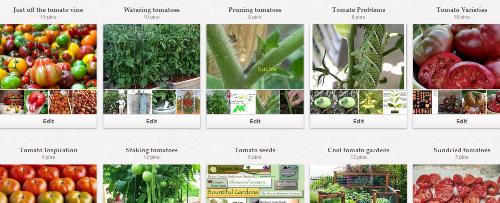 |
FEATURE: Get Your Garden Ready for Winter in 3 Quick Steps
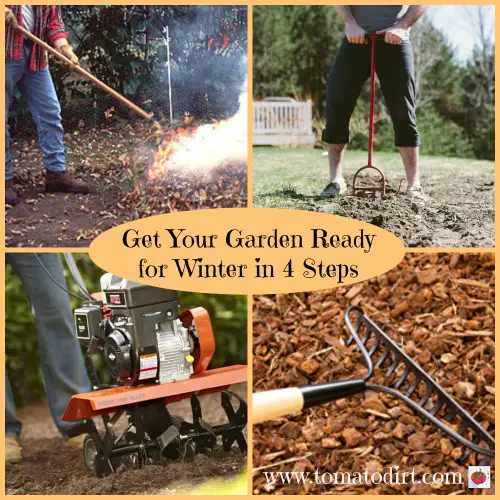 |
Image: Tomato Dirt |
After you’ve cleared out the tomato plants, removed the tomato stakes, cleaned them, and stored them, it’s time now to turn your attention to the garden itself. Your garden is still busy during the winter … just underground. Earthworms and microbes in the soil process leftover summer’s remaining mulch and other organic material. You can help things along.
- Burn debris before you turn the soil. Pile discarded leaves, straw, grass clippings, and other yard debris in your vegetable garden. Then burn them. Burning adds wood ash to your garden. Trace minerals are in the ash, thereby replacing those nutrients in the garden. Burning also destroys weed seeds, fungi, bacteria, and other microorganisms that overwinter in the soil.
- Turn the soil. Break the ground deeply. Cultivating hardened soil allows winter rains to be deeply absorbed. This step will greatly improve the quality of the soil for your upcoming crop as it will allow wood ash and other organic matter to be restored. Then spade or rototill organic matter into the soil, mixing well to a depth of 8 to 12 inches.
- Mulch. Straw, compost, or mulch help your garden maintain an even temperature during the cold months. But the biggest benefit arrives next season during the wet spring. Mulched planting areas are protected from becoming a muddy, clumped mess. When you’re ready to plant, you can pull back undecomposed mulch, straw, or compost and get your crop in the ground on time.
… and get more helpful tips on our Fall Garden Clean Up Pinterest Board.
Best Tips for Growing Tomatoes: Bestseller in 89 Countries
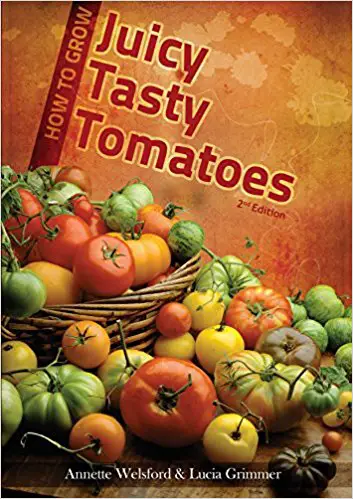 |
Two horticulturalists combine forces to give you advice about the right way to prune, fertilize, water and stake tomatoes. You’ll be able to diagnose pest and disease problems using step by step priceless information, illustrated with 260 full color photos.
Get the book and you’ll also get 6 free bonuses, including the Family Tomato Cookbook and a database of 1300 varieties of tomatoes.
Tomato Growing Tip: Mulch Your Garden NOW for Easy Spring Planting
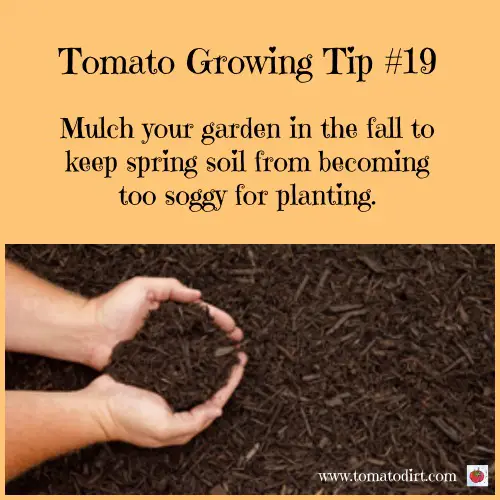 |
Image: Tomato Dirt |
See more ideas on our Fall Garden Clean Up Pinterest Board.
What You Need to Clean Up the Garden
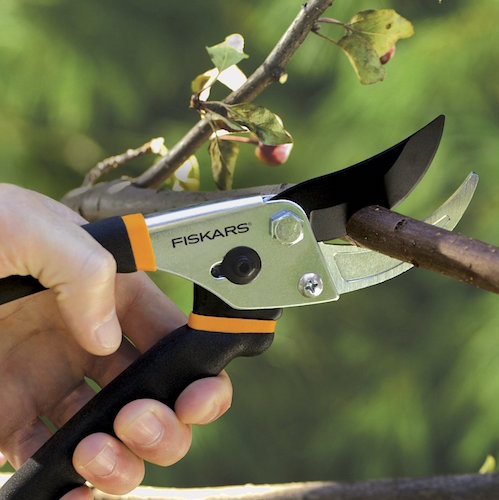 | 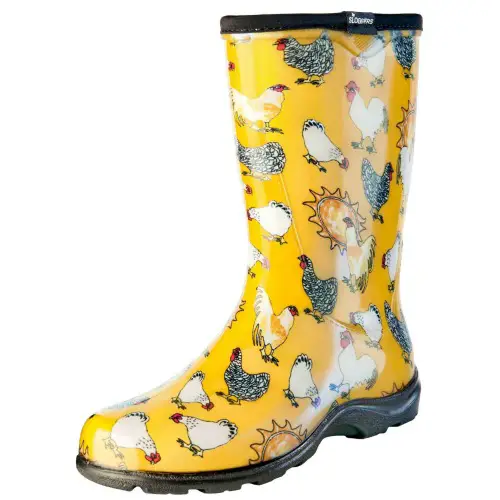 | 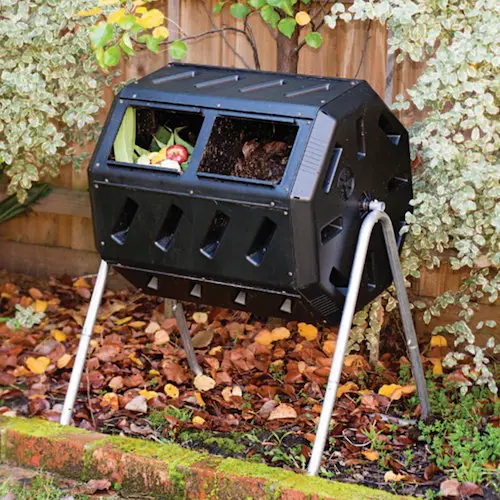 |
|---|---|---|
| Garden pruners and shears to clip back plants and weeds | Sloggers and other garden boots to keep your feet dry | Compost tumblers for your garden debris |
More Tips for Prepping Your Garden for Winter
| 8 Steps to Fall Tomato Garden Clean Up | Garden Cleanup: Best Ways to Remove Spent Tomato Plants | Garden Clean Up: What to Do With Tomato Stakes, Cages, Trellises | Get Started Composting This Fall |
|---|
That’s it for now. More next time.
Until then, happy gardening!
![]()
Kathy with Tomato Dirt
www.tomatodirt.com
Find us on Facebook!

